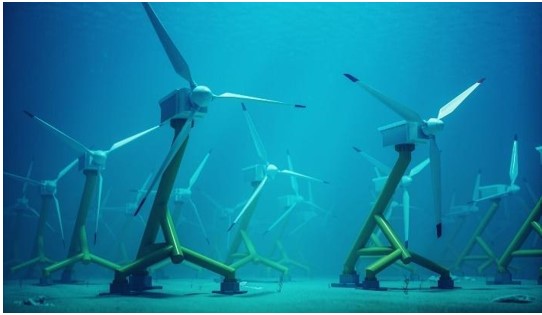- Definition and Types of Energy
- Myths And Misconceptions About Energy
- The Relationship Between Energy and Environment
- Climate Change and Carbon Footprint
- Greenhouse Gas Effect
- The Role of Human-Induced Greenhouse Gases and Energy Consumption
- Energy Efficiency and Sustainability
- Renewable Energy Sources and Future Perspectives
- Play and Learn
- Solar Energy Conversions
- Solar Energy Worldwide
- Solar Energy in Partner Countries
- Positive and Negative Impacts
- Technologies for Harnessing Solar Energy
- Solar thermal energy technologies and applications
- Electricity Generation Methods
- Passive Heating and Cooling of Residences with the Sun
- Concentrator solar power (CSP) systems and electricity generation
- Systems and Applications That Generate Electricity directly from solar rays
- Photovoltaic Cells and Panels
- Domestic PV Systems
- Off-Grid PV Systems
- Hybrid Connected Systems
- Materials Used in PV Cells
- Play and Learn
 Tidal Energy
Tidal Energy

The regular rise and fall of water on the surface of the sea and ocean due to the gravitational pull of the Sun and the Moon is called tides. When this periodic movement is used to generate electricity, tidal energy is obtained.
Electricity can be generated using tidal energy in two main ways
Tidal Current Mills

They have been used for centuries in North America and Europe to produce mechanical energy. They are systems that obtain energy directly from current motion.
Tidal Dams

Similar to the dam system in hydroelectric power plants. When the sea level rises during the tide, the gates are opened and the dam is filled with water. When the tide goes down, the backflow of water turns the turbines and generates electricity.
With the developing technology, tidal turbines have also started to be used. These turbines are placed between land and an island or between two islands in areas where tidal currents are strong and produce energy through the movement of water. These turbines placed under the sea work similarly to wind turbines and convert the kinetic energy of water into mechanical energy and then into electrical energy
